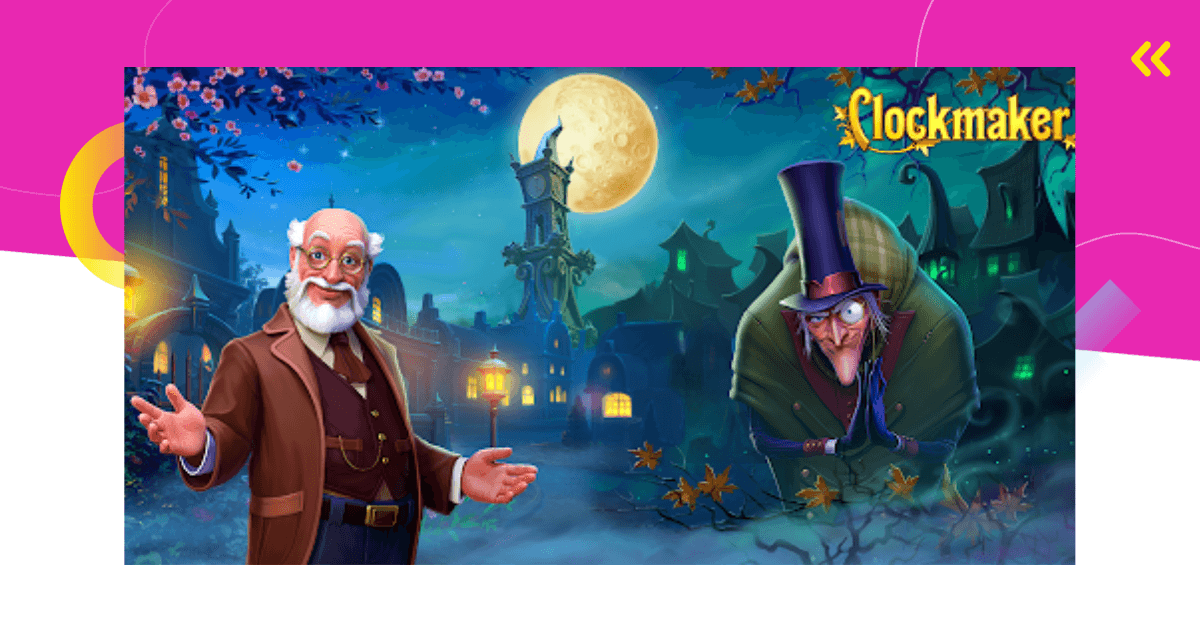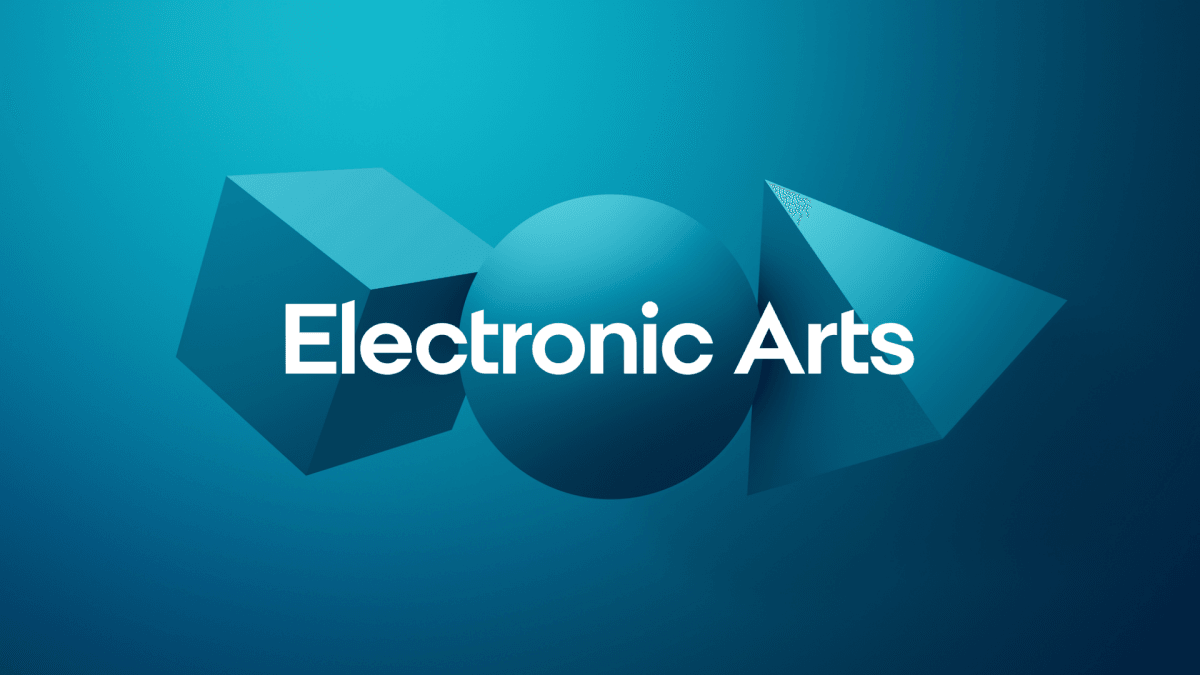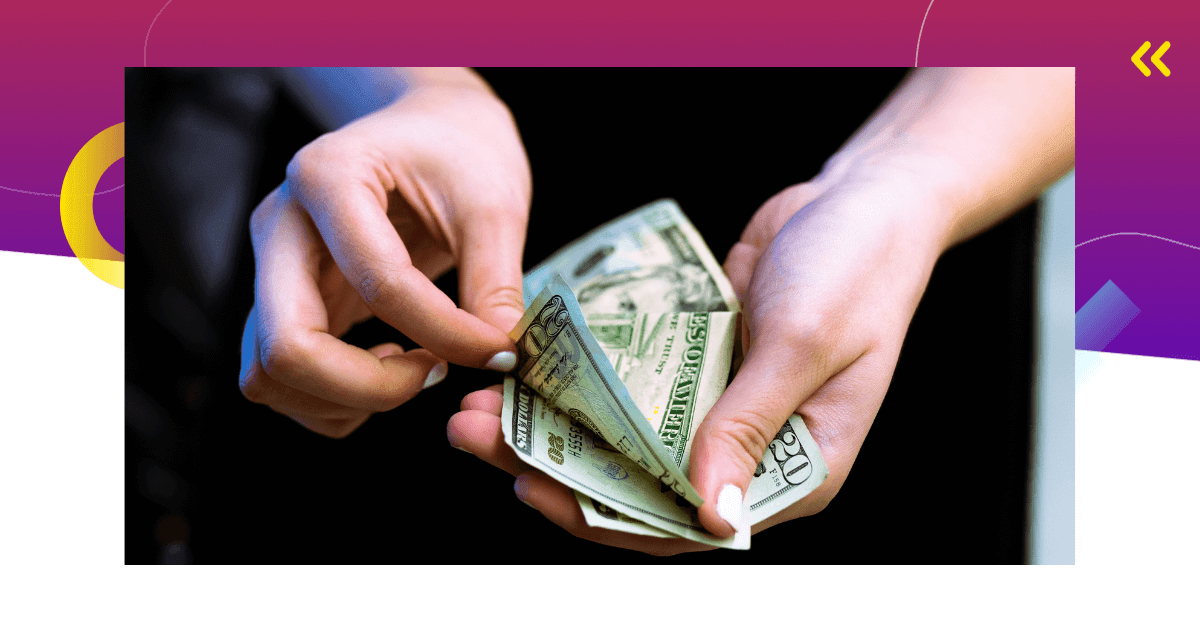Hearthstone continues to be one of the most well-known digital card games, attracting millions of players worldwide. Whether you’re curious about Hearthstone player count, revenue trends, or retention statistics, this article breaks down the latest numbers and provides key insights into its popularity in 2025.
How Many People Play Hearthstone?
Hearthstone has maintained a dedicated player base, with fluctuations throughout the year depending on content updates, expansions, and in-game events. Below is a breakdown of its monthly active players (MAU) over the past year, proving it’s one of the most played mobile games.
Hearthstone Monthly Player Count (Monthly Active Users)
Here’s the Hearthstone player count by month:
June 2025: 2,229,348
May 2025: 2,323,382
April 2025: 2,446,173
March 2025: 2,651,508
February 2025: 2,480,600
January 2025: 2,556,077
December 2024: 2,683,143
November 2024: 2,887,776
October 2024: 3,282,642
September 2024: 3,327,143
August 2024: 2,370,563
July 2024: 2,305,523
June 2024: 2,284,452
May 2024: 2,378,158
April 2024: 2,425,140
March 2024: 2,507,839
February 2024: 2,417,771
January 2024: 2,470,915
Hearthstone began 2024 with a steady but modest user base, reporting 2.47 million MAUs in January. From February through August, numbers fluctuated slightly but stayed within the 2.3M–2.5M range, signaling consistent but unremarkable player interest during the first half of the year.
In September and October 2024, Hearthstone saw a massive spike, reaching 3.33 million and 3.28 million MAUs, respectively – by far the highest monthly totals in the 18-month period. This aligns exactly with the October DAU spike and strongly suggests the launch of a major expansion or game-changing update that drove both new and returning players.
However, the growth wasn’t sustained. MAUs dropped to 2.88M in November and continued falling month-over-month, reaching 2.23M by June 2025. That’s a 32.1% drop from the October peak, and a ~10% decline from January 2024, signaling both seasonal churn and possible erosion of long-term engagement.
Hearthstone Daily Player Count (Daily Active Users)
Here’s the Hearthstone daily player count:
June 2025: 315,440
May 2025: 337,830
April 2025: 389,449
March 2025: 411,335
February 2025: 404,685
January 2025: 402,966
December 2024: 420,179
November 2024: 446,745
October 2024: 503,199
September 2024: 344,728
August 2024: 292,406
July 2024: 283,055
June 2024: 285,773
May 2024: 293,010
April 2024: 301,414
March 2024: 308,882
February 2024: 304,087
January 2024: 308,740
Hearthstone’s DAU in early 2024 was relatively stable, hovering just above 300,000 players per day through Q1. From April to August 2024, the game experienced a slow decline, bottoming out at 283,055 DAU in July, the lowest point in the 18-month period.
Then in September 2024, the game saw a major resurgence, jumping to 344,728 DAU, followed by a sharp spike to 503,199 in October 2024 – an increase of over 77% in just one month. This kind of leap almost certainly reflects a major expansion release, popular seasonal event, or a successful comeback campaign.
After peaking in October, DAUs gradually declined but stayed above pre-spike levels. By December 2024, DAU had decreased to 420,179, and remained relatively high through the first few months of 2025. By June 2025, DAU settled at 315,440, which is slightly above where it started in early 2024.
How Many People Are Playing Hearthstone Right Now?
More than 300 thousand players are actively playing Hearthstone right now.
Hearthstone Player Stats
Hearthstone attracts a diverse audience, with players from various age groups and regions around the world. Below is a breakdown of the game’s player demographics and engagement statistics.
Hearthstone Demographics
Hearthstone’s player base is diverse, encompassing various ages, genders, and geographic locations.
Age Distribution:
- 39% of players are between 25 and 34 years old.
- 33.6% are aged 18 to 24.
- 14.09% fall within the 35 to 44 age bracket.
- 6.18% are between 45 and 55.
- 4.12% are aged 13 to 17.
- 2.92% are between 55 and 64.
This indicates a significant portion of the community is in their mid-20s to mid-30s.
Gender Distribution:
Approximately 25% of Hearthstone players are female, highlighting a substantial female presence in the game’s community.
Geographic Distribution:
- 18.31% of players are from the United States.
- 11.20% hail from Russia.
- 5.68% are based in Brazil.
- 4.92% come from Germany.
- 4.11% reside in Poland.
How Long Do People Play For (Average Session Length)
The average session length in Hearthstone is 38 minutes, meaning most players spend over half an hour in each gaming session.
This is a solid session length for a strategy-based card game, as matches can vary depending on deck type, opponent skill, and game mode. The length suggests that players are engaged and willing to invest time into competitive play.
Hearthstone keeps players engaged through expansions, ranked play, daily quests, and the thrill of unlocking new cards. However, the game could increase session length by offering more progression incentives, limited-time rewards, or additional casual-friendly modes to encourage longer play sessions.
Average Session Count
On average, players engage in 3 sessions per day, meaning they return to the game multiple times throughout the day.
This is a good number for a mobile and PC card game, showing that players don’t just log in once but return for ranked matches, events, and daily missions. Hearthstone encourages repeat sessions through daily quest rewards, ranked ladder progression, and seasonal events.
To further improve session frequency, Blizzard could introduce more real-time social features, shorter game modes, or bonus login streak rewards to keep players engaged beyond their usual sessions.
How Much Money Does Hearthstone Make?
Hearthstone has been a massive financial success for Blizzard, generating steady revenue since its launch. Despite fluctuations in player engagement, the game continues to bring in millions each month through expansions, in-game purchases, and seasonal events.

Hearthstone All Time Revenue
Hearthstone has earned more than $950 million in total game revenue, solidifying its place as one of the most profitable digital card games ever. With consistent content updates and a dedicated player base, it remains a strong revenue driver for Blizzard.
Hearthstone Revenue by Month
June 2025: $5,332,989
May 2025: $4,460,100
April 2025: $4,045,328
March 2025: $9,342,613
February 2025: $3,725,085
January 2025: $4,517,762
December 2024: $7,816,095
November 2024: $15,600,952
October 2024: $19,029,688
September 2024: $6,544,310
August 2024: $2,490,442
July 2024: $3,127,905
June 2024: $1,759,601
May 2024: $1,845,150
April 2024: $2,498,285
March 2024: $3,909,475
February 2024: $2,008,596
January 2024: $1,914,269
Hearthstone’s highest revenue month was October 2024 ($19M), likely due to a major expansion release. This surge in spending is common when new content drops, as players invest in card packs, battle passes, and in-game events.
Revenue dropped sharply in the months after, with February 2025 at just $3.7M, marking an 80% decline from the October peak. This trend suggests that Hearthstone’s monetization is highly event-driven, with players making large purchases during expansion launches but spending less between major updates.
The lowest revenue months were June 2024 ($1.75M) and May 2024 ($1.84M), indicating that Hearthstone struggles to maintain consistent spending outside of content cycles. Blizzard could improve revenue stability by offering more frequent microtransactions, limited-time offers, or engagement-driven incentives to keep spending more consistent.
Average Revenue Per Daily Active User (ARPDAU)
Hearthstone’s ARPDAU is $1.03, meaning each active player generates an average of $1.03 per day.
This is exceptionally high compared to most free-to-play games, where ARPDAU typically ranges from $0.10 to $0.50. The high spending rate suggests that Hearthstone attracts a dedicated player base willing to invest heavily in content, especially during expansion cycles.
Blizzard has effectively monetized the game through card packs, battle passes, and premium content, making Hearthstone one of the highest-grossing digital card games in the industry. To sustain this level of revenue, the game could introduce more recurring rewards, daily spending incentives, or expanded cosmetic options to encourage consistent in-game purchases.
How Many Downloads Does Hearthstone Have?
Hearthstone has remained one of the most popular digital card games for years, attracting millions of downloads across multiple platforms. With frequent content updates and expansions, the game continues to bring in new players.
All Time Downloads Stats
Hearthstone has been downloaded more than 100 million times worldwide, making it one of the most downloaded card games ever. Its availability on PC, mobile, and tablet devices has contributed to its long-term success.
Hearthstone Downloads by Month
June 2025: 216,137
May 2025: 248,735
April 2025: 228,209
March 2025: 418,370
February 2025: 207,067
January 2025: 282,453
December 2024: 273,410
November 2024: 460,269
October 2024: 895,645
September 2024: 984,499
August 2024: 224,919
July 2024: 200,799
June 2024: 161,818
May 2024: 222,808
April 2024: 226,676
March 2024: 274,148
February 2024: 186,339
January 2024: 202,366
Hearthstone saw its biggest spike in downloads in September and October 2024, with nearly 1 million downloads in September and 895K in October. These increases were likely due to a major expansion release or a new promotional campaign. The data suggests that content drops are the primary driver of new player acquisition.
Following the peak, downloads dropped significantly, with February 2025 reaching just 207K, reflecting a 78% decline from the October high. This pattern suggests that Hearthstone attracts new players when fresh content is released but struggles to maintain consistent growth in between. To improve retention, Blizzard could introduce more frequent in-game events, collaborations, or seasonal promotions to keep download momentum steady.
Hearthstone User Retention
Here are user retention rates for Hearthstone:
D1 Retention: 38%
D7 Retention: 12%
D14 Retention: 8%
D30 Retention: 5%
D60 Retention: 4%
D90 Retention: 3.5%
D180 Retention: 2%
D360 Retention: 0.6%
Hearthstone’s Day 1 retention of 38% is average for mobile games, meaning a little over a third of new players return the next day. However, the steep drop to 12% by Day 7 suggests that many players try the game but don’t stick around for long.
By Day 30, only 5% of players remain, which is relatively low for a long-term progression-based game. The retention past 90 days is particularly low, with just 0.6% of players staying for an entire year. This indicates that Hearthstone struggles to keep casual players engaged for the long haul.
How Hearthstone Increases Retention
Hearthstone uses several strategies to keep players coming back:
- Expansions & New Card Sets: Regular content updates introduce new mechanics and keep the game fresh.
- Battle Pass System: The Tavern Pass provides ongoing rewards, encouraging daily play.
- Limited-Time Events: Seasonal events and special game modes provide short-term incentives.
- Ranked Play & Esports: Competitive players stay engaged through ranked rewards and esports tournaments.
To improve long-term retention, Blizzard could experiment with more personalized progression systems, social-driven content, or expanded daily login rewards to keep casual players engaged beyond the first few weeks.

Hearthstone Overview
Hearthstone is a free-to-play digital collectible card game developed and published by Blizzard Entertainment. Set in the Warcraft universe, it combines strategic deck-building with fast-paced card battles. Players compete in various game modes, including Ranked, Arena, Battlegrounds, and Duels, using decks built from different class-based cards. Regular expansions introduce new cards and mechanics, keeping gameplay fresh.
When Did Hearthstone Come Out?
Hearthstone was officially released on March 11, 2014, for Windows and macOS. The game expanded to iOS on April 16, 2014, and Android on December 15, 2014, allowing players to enjoy matches across multiple devices.
Is Hearthstone Still Popular in 2025?
Hearthstone remains one of the most-played digital card games in 2025, with over 790,000 monthly active players and 176,000 daily active users. While the player base has declined since its peak, the game continues to thrive thanks to consistent content updates, new expansions, and seasonal events.
In October 2024, player engagement spiked to nearly 2 million monthly players, coinciding with a major expansion release. This pattern shows that Hearthstone still draws large numbers of players during content drops. However, retention beyond these events is a challenge, as many casual players stop playing between expansions.
Despite this, Hearthstone remains a top digital card game with a dedicated competitive scene, regular esports events, and an active global community.
How to Play Hearthstone
Hearthstone is a turn-based strategy card game where two players compete to reduce each other’s health to zero. Each player starts with a deck of 30 cards, built around one of the game’s 11 hero classes, each with unique abilities. The match plays out in rounds, with players taking turns to summon minions, cast spells, and use hero powers.
At the start of the game, both players begin with one mana crystal, which increases by one each turn, up to a maximum of ten. Each card has a mana cost, which determines when it can be played. Minions are placed on the board and attack opponents, while spells provide various effects like healing, direct damage, or summoning additional minions. Weapons allow heroes to attack directly, and each class has a hero power, which can be used once per turn.
Winning in Hearthstone requires deck-building strategy and in-game decision-making. Some decks focus on aggressive strategies, aiming to deal quick damage before the opponent can react, while others emphasize control, using spells and minions to counter the opponent’s plays over time. Combo decks rely on setting up powerful interactions between cards for a game-winning move.
Understanding board control is crucial, as managing the positioning and timing of minions often determines the outcome of a match. Players must also consider card advantage, ensuring they have enough playable options each turn. Since every match is different, adapting to the opponent’s strategy is key.
For beginners, it’s best to start with basic decks provided in the game and play in Casual mode before moving to ranked play. Watching experienced players, experimenting with different strategies, and learning how to manage resources efficiently are essential for improving at Hearthstone.
Explore More Mobile Games
- Genshin Impact
- Brawl Stars
- Honkai: Star Rail
- League of Legends: Wild Rift
- Call of Duty: Mobile
- Subway Surfers
- Among Us
- Clash of Clans
- Roblox
- Minecraft
- Clash Royale
- Stardew Valley
- PUBG Mobile
- Geometry Dash
- Free Fire
- Diablo Immortal
- Old School Runescape
Data Source
- AppMagic, a leading mobile intelligence platform (the most recent data on MAU, DAU, average session length, session count, revenue, downloads, and ARPDAU)
![Hearthstone Player Count, Revenue & Stats [2025]](/static/19e724486dce2ee94c25579dd1dad14b/b4167/hearthstone.webp)






Comments